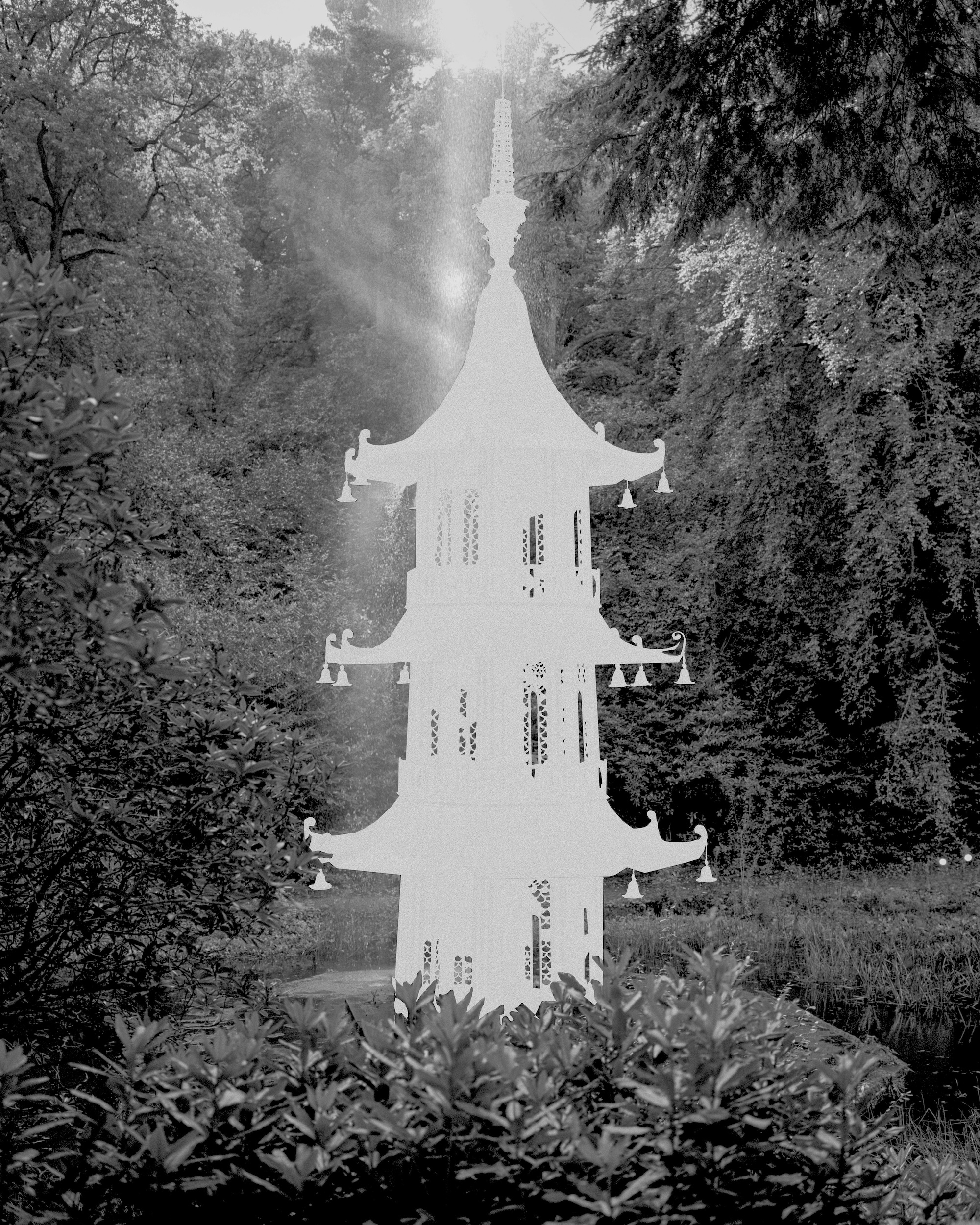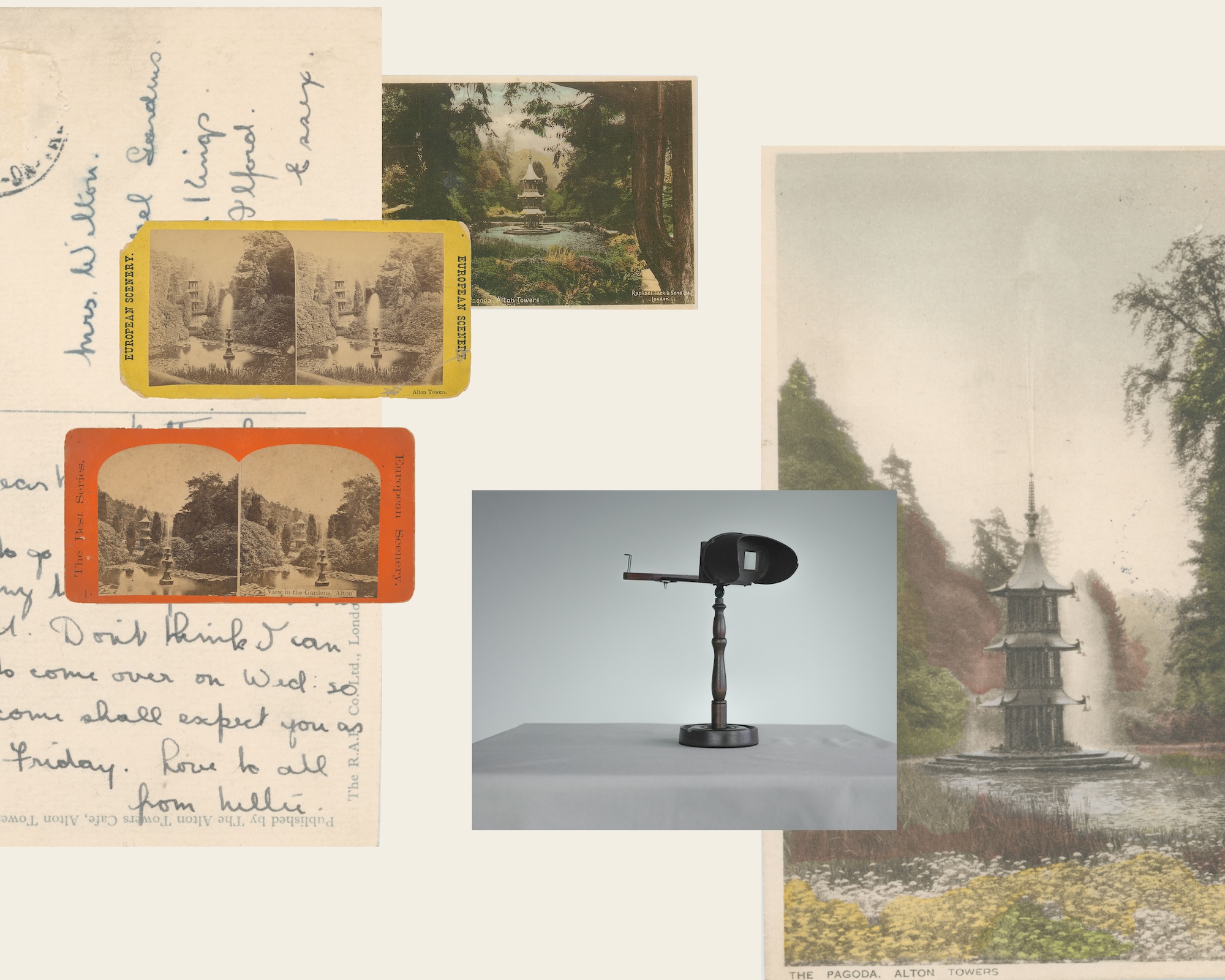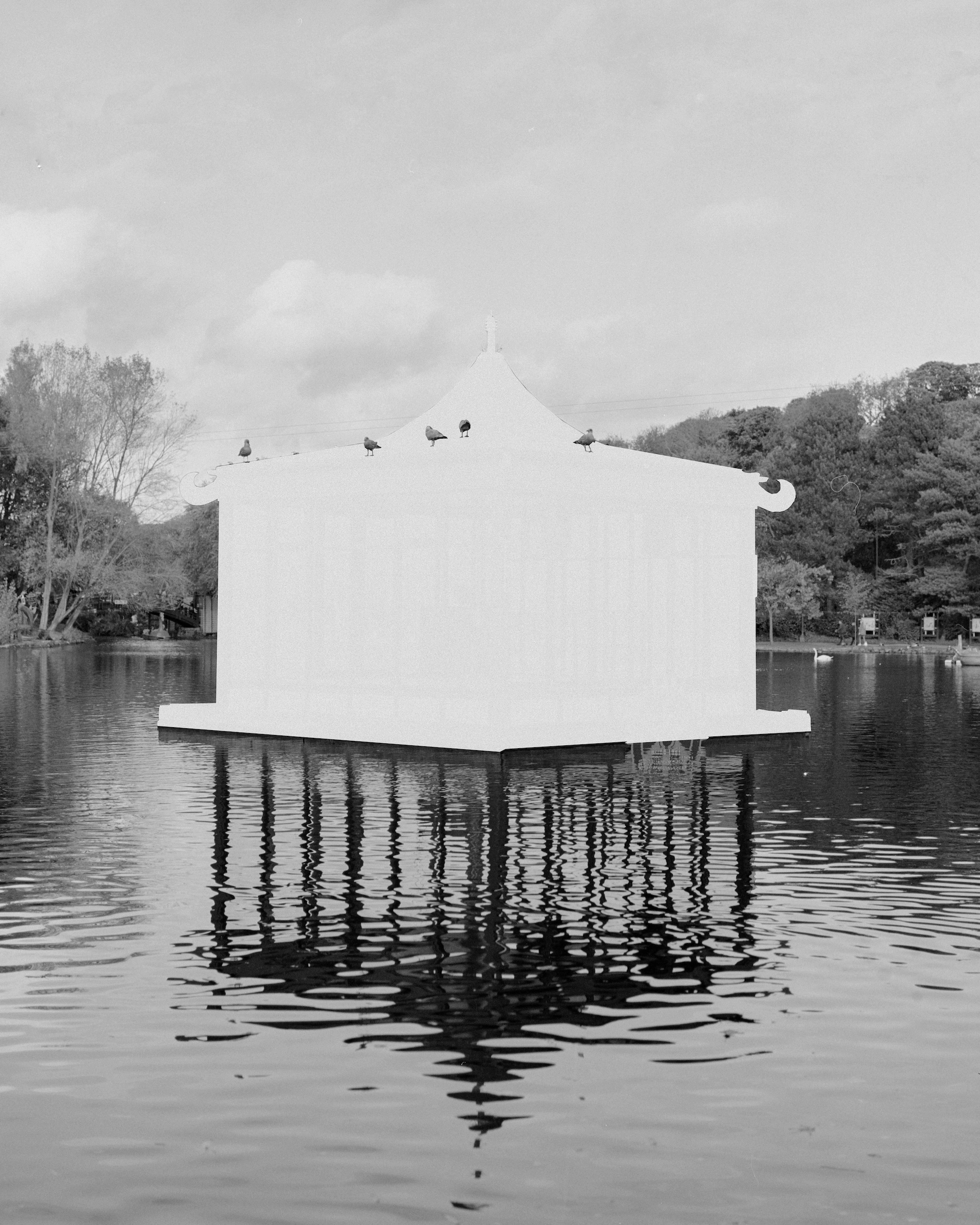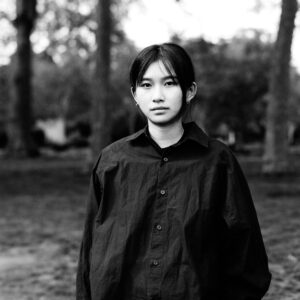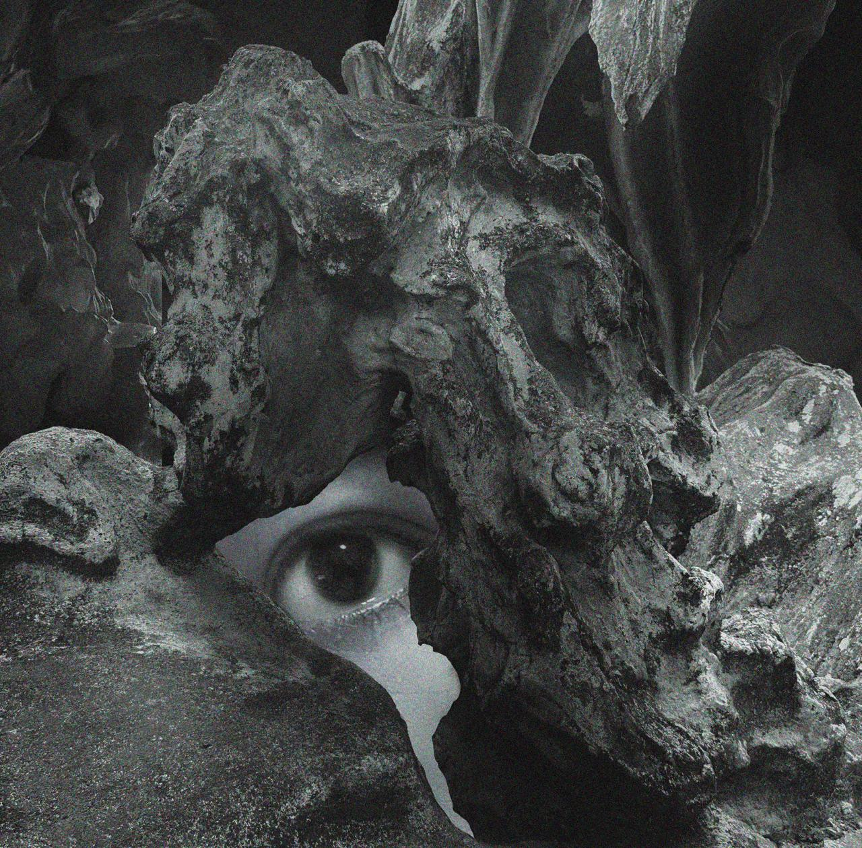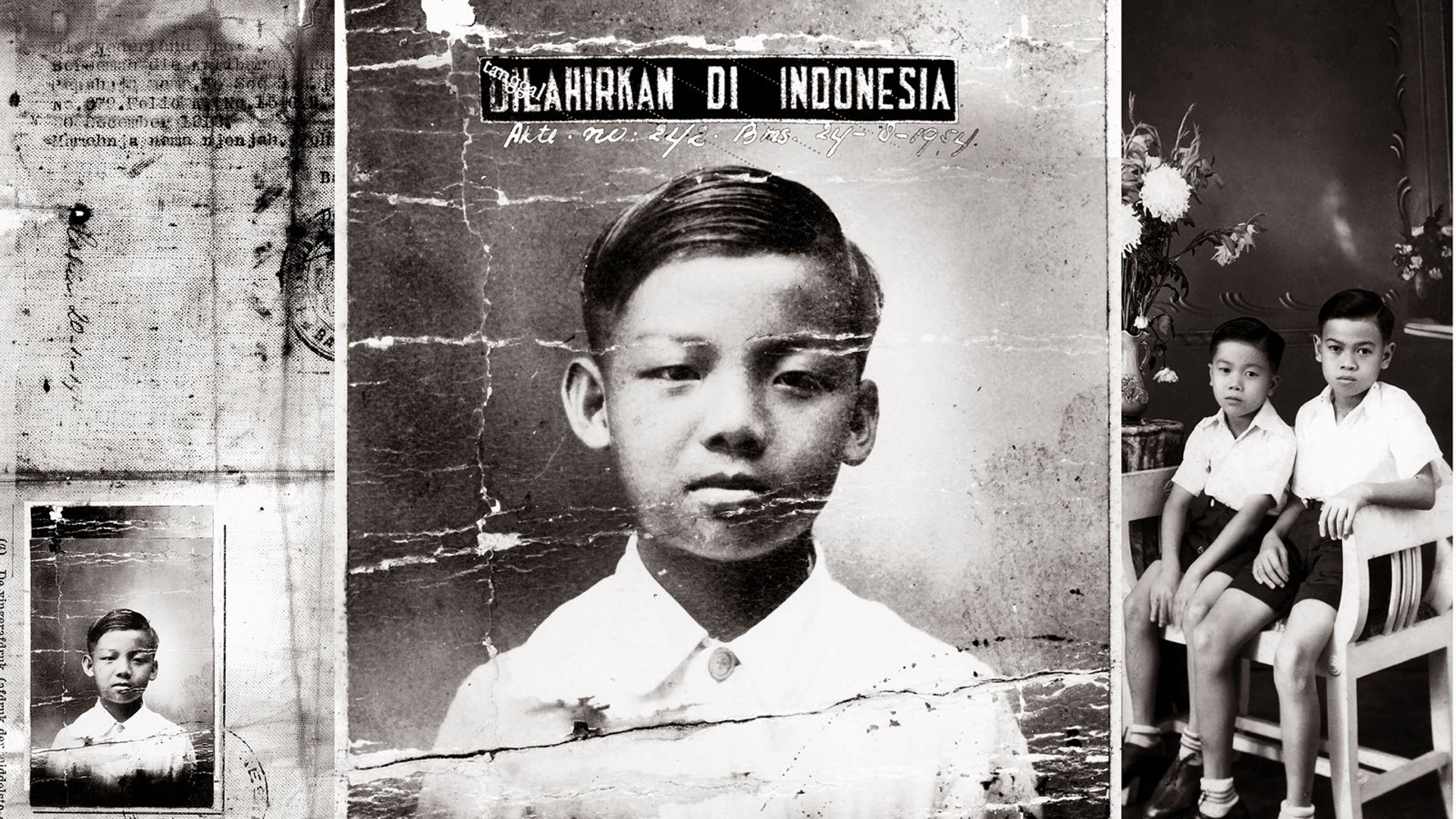“The Oriental Scene” investigates the concept of Chinoiserie architecture in the UK in the context of de-colonialism. The project uses a replica of the Porcelain Tower of Nanjing in Kew Gardens as the main object of investigation, which includes objects, drawings and documents to show how the pagoda was represented in various mediums.
In the 17th and 18th centuries, while Europe was experiencing a wave of Chinoiserie, Sir William Chambers built a replica of the Porcelain Tower of Nanjing at Kew in 1762, which was destroyed by the Taiping army in 1856. No photographs of the Porcelain Tower were left before photography was widely used. There are subtle differences in the depiction of the Porcelain Tower in the imagery preserved in the East and West, leading to misunderstandings; for example, the number of storeys of the Porcelain Tower is shown in European prints and book illustrations in both nine- and ten-storey versions. However, according to Chinese Han Buddhist tradition, in most cases, the pagoda must have an odd number of storeys, and the Nanking Tower is nine. The fact that Kew’s Pagoda has ten storeys raises the suspicion that it has been misrepresented by the image, showing a slightly paradoxical relationship between reality and fiction.
Prompted by the ‘wrong number of stories,’ this project explores the appropriation, de-contextualisation, and reassignment of meaning to oriental symbols across time and space. The project is concerned with the interrogation of Orientalism and the authoring of visual narratives. Rethinking how pagodas have been used to create images of the East and used by the West to portray cultural otherness. It also revolves around the juxtaposition and combination of historical and contemporary artistic works and visual documents, pointing to the process of visual cultural transference regarding the pagoda. This project uses photography to present these images in a contemporary form. Through the erasure of Orientalism, the architectural redaction engages with the debate on the cultural ownership of the East, revealing the history of cultural colonisation behind the oriental scenes created by the West and the institutional problems of the museum.



